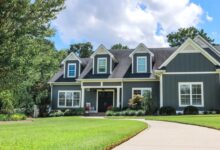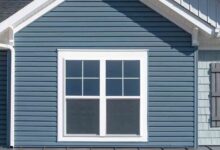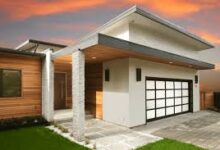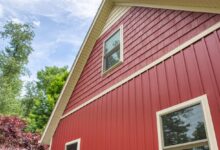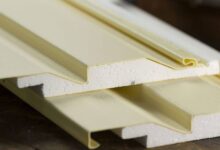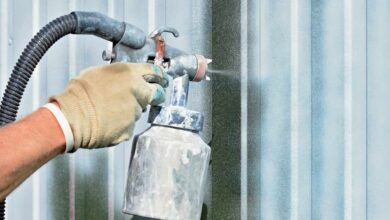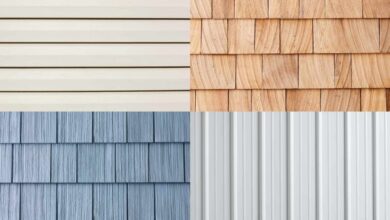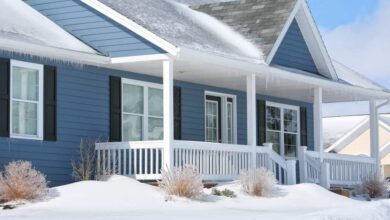Durable Siding for Harsh Climates
When it comes to protecting your home from the elements, having the right siding is crucial—especially if you live in a region with extreme weather conditions. Whether it’s freezing winters, intense heat, heavy rainfall, or strong winds, durable siding for harsh climates is essential to ensure that your home remains secure and energy-efficient. In this article, we’ll dive into what makes certain sidings ideal for these tough conditions, highlight the best products available, and explain why these materials can be the perfect solution for your home.
What is Durable Siding for Harsh Climates?
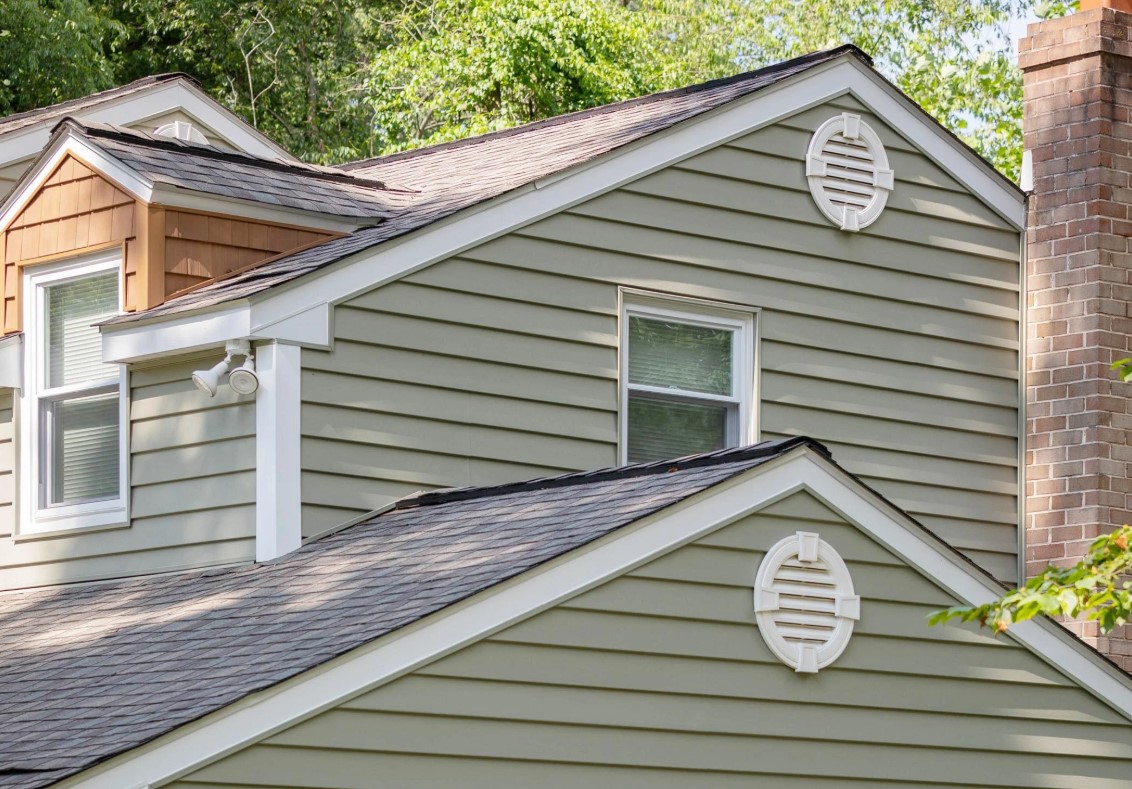
Durable siding refers to cladding materials designed to withstand the challenges of extreme weather conditions, from scorching heat and strong winds to heavy snow and ice. When choosing siding for homes in regions with harsh climates, it’s important to consider materials that offer both durability and energy efficiency, as well as ease of maintenance. These sidings are built to resist warping, cracking, fading, and other forms of damage caused by environmental stress.
Common materials used for durable siding in harsh climates include fiber cement, vinyl, engineered wood, and metal. Each material has unique properties that make it well-suited for specific climates, offering protection against weather damage and improving the overall energy efficiency of your home.
Why is Durable Siding Important for Harsh Climates?
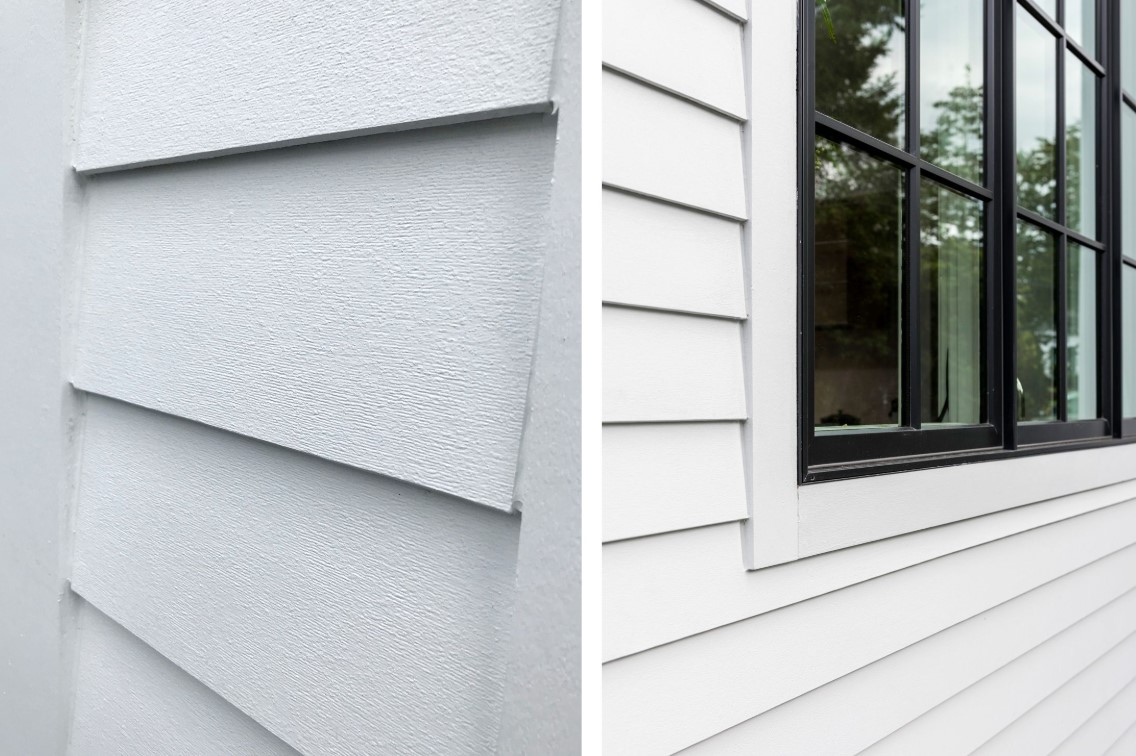
When selecting siding for a home located in a harsh climate, durability is a top consideration. The reasons for this go beyond mere aesthetics—durable siding plays a critical role in protecting the home from extreme weather, improving energy efficiency, and ensuring long-term cost savings. A high-quality siding material helps preserve your home’s structural integrity, comfort, and value. Let’s break down the key factors in more detail to explain why durable siding is especially important in harsh climates.
Protection Against Extreme Weather
One of the primary reasons durable siding is essential for homes in harsh climates is its ability to protect the house from severe weather. Harsh climates can be characterized by intense sun exposure, heavy rainfall, snowstorms, high winds, and even the occasional hailstorm. These conditions can cause significant damage to your home’s exterior if you don’t have the right siding material.
- Water Resistance: Homes in areas that receive heavy rainfall or snow are at risk for water infiltration. Water can seep into the walls and foundation, causing mold, mildew, and even rot. Materials like fiber cement and vinyl siding are designed to prevent water penetration, while seamless metal siding eliminates the risk of leaks altogether. These materials are designed to shed water and prevent moisture from seeping into the underlying structure of the home.
- Wind Resistance: High winds are another common issue in harsh climates, especially in coastal or tornado-prone areas. Wind-driven rain can exacerbate the damage, and the siding itself can be torn off if it isn’t up to the task. Durable siding materials like metal and fiber cement are engineered to withstand wind speeds of up to 130 mph or more. In comparison, traditional wood siding or lower-quality vinyl siding might not be able to handle such stresses.
- Freeze and Thaw Protection: For homes located in colder climates, the freeze-thaw cycle is a constant concern. When moisture enters the siding, it can freeze during the winter months, expand, and crack the material. In spring and summer, the water thaws and re-enters the siding, continuing the cycle of damage. Siding materials like fiber cement, which are non-porous, and metal siding, which doesn’t absorb moisture, help prevent the damaging effects of the freeze-thaw cycle.
- Fire Resistance: In areas prone to wildfires or extreme heat, siding materials like fiber cement or metal provide fire resistance, offering crucial protection. Unlike wood siding, which is highly flammable, fiber cement siding is made from a combination of sand, cement, and cellulose fibers, which makes it inherently fire-resistant. Similarly, metal siding doesn’t ignite easily and can help prevent the spread of fire during an emergency. This added layer of safety can be a lifesaver in regions where wildfires are a frequent threat.
Energy Efficiency and Comfort
In addition to providing protection from weather, durable siding is crucial for maintaining energy efficiency, especially in regions with extreme temperatures—whether hot or cold. Poor insulation can lead to energy loss, higher utility bills, and uncomfortable indoor temperatures. Durable siding materials can significantly enhance your home’s insulation, helping to keep your home comfortable year-round.
- Insulation Benefits: Some types of siding come with built-in insulation, such as insulated vinyl siding, which provides an extra layer of thermal resistance. This helps to prevent heat from escaping in the winter and blocks unwanted heat from entering in the summer, reducing the load on your HVAC system. Fiber cement and metal siding are also effective at maintaining temperature regulation within the home, even though they don’t always come with built-in insulation. In these cases, you may want to pair the siding with additional insulation to optimize energy efficiency.
- Reduced Heating and Cooling Costs: Homes with durable siding materials that help insulate the building will require less energy to maintain a comfortable temperature. As a result, homeowners in harsh climates can save money on their heating and cooling bills. For example, homes in areas with extreme heat benefit from siding that prevents the sun’s rays from penetrating into the home, keeping the interiors cooler without relying as heavily on air conditioning. Likewise, in cold climates, the added insulation prevents heat from escaping, allowing the home to retain warmth and reduce heating costs.
- Minimized Thermal Expansion: Many materials, such as vinyl siding, can expand and contract significantly with temperature fluctuations. In extreme climates where temperatures swing wildly between day and night or between seasons, thermal expansion can lead to warping, cracking, or separating at the seams. Durable materials, like fiber cement and metal, are less prone to these temperature-induced changes, making them a better choice for homes in climates where these shifts are common.
Long-Term Durability and Cost Savings
Durable siding offers substantial cost savings over time, particularly in regions where weather conditions are severe. While the initial cost of high-quality siding may be higher than cheaper alternatives, its long-term durability ensures that homeowners won’t need to worry about frequent repairs or replacements, which are common with inferior materials.
- Less Maintenance Over Time: Siding that is built to last means less time and money spent on maintenance. For example, high-end vinyl siding and fiber cement siding typically require very little upkeep. Vinyl siding might need occasional cleaning to remove dirt or mildew, and fiber cement may require periodic painting to maintain its appearance. On the other hand, lower-quality siding materials may need frequent repairs or even full replacement after a few years due to weather-related damage. Investing in durable siding from the start can save you substantial costs in the future.
- Protection Against Storm Damage: Homes in coastal or storm-prone areas face significant risk from hurricane-force winds, tornadoes, and hailstorms. Siding that can withstand the impact of hail or the pressure from high winds provides long-term protection and reduces the likelihood of needing extensive repairs. With more durable options like fiber cement, vinyl, and metal, homeowners are less likely to deal with storm damage to their siding, which can be costly and time-consuming to fix.
- Return on Investment (ROI): Durable siding not only saves money on repairs but also adds value to the home. Homes with high-quality, weather-resistant siding are more attractive to buyers, especially those who are aware of the higher maintenance costs associated with lower-quality materials. Siding that can last for decades without showing signs of wear increases the overall value of your home, providing a good return on investment if you decide to sell in the future.
Aesthetic Appeal and Home Value
Aside from its functional benefits, durable siding also contributes to the overall curb appeal of a home. Homes with high-quality, well-maintained siding look more attractive and can command higher resale values. For example, fiber cement siding offers a variety of textures, colors, and finishes, including options that mimic the look of wood, brick, or stucco. This allows homeowners to achieve a traditional or modern aesthetic while still enjoying the benefits of durability and weather resistance.
In addition, metal siding can provide a sleek, contemporary look that is often desired in modern architectural designs. With options like seamless steel or aluminum, homeowners can choose a color and finish that complements their property while ensuring long-lasting performance in the face of extreme conditions.
Final Thoughts
In harsh climates, siding is not just a matter of aesthetic preference—it is an essential investment in the longevity and protection of your home. Durable siding protects your home from the elements, improves energy efficiency, and can even add value to your property. The combination of high-performance materials like fiber cement, vinyl, and metal provides a superior solution for homeowners who want to ensure that their homes stand up to extreme weather conditions. By choosing the right siding for your climate, you can protect your home, save money, and enjoy a more comfortable living environment for years to come.
Top Durable Siding Products for Harsh Climates
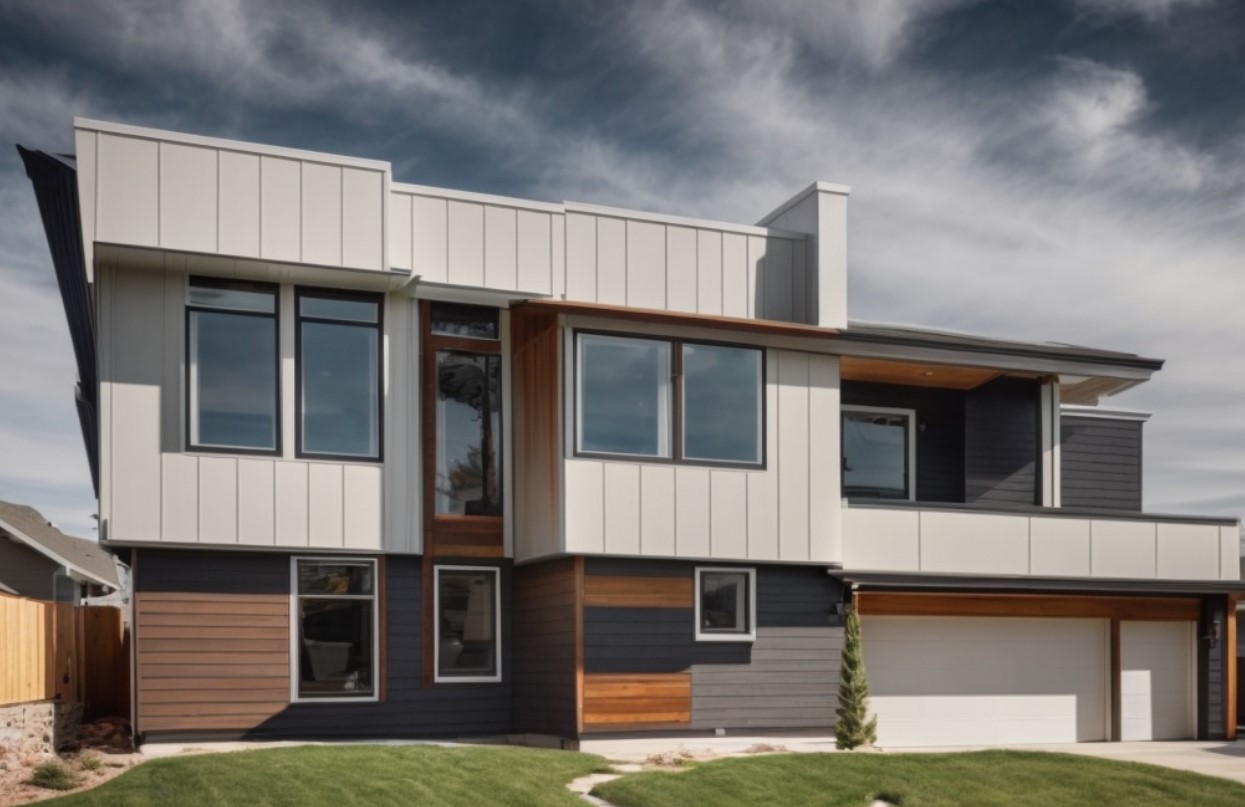
When it comes to durable siding for harsh climates, there are several top-rated products on the market. We’ve selected a few of the best options based on their performance, price, and customer satisfaction.
James Hardie Fiber Cement Siding
James Hardie is a leader in the fiber cement siding industry, and their product line is particularly well-suited for homes in harsh climates. Known for its superior durability and fire resistance, this siding material is designed to withstand everything from freezing temperatures to intense heat.
Features:
- Available in various textures and finishes, including smooth, stucco, and wood grain, making it versatile for different architectural styles.
- Fire-resistant, providing peace of mind in areas prone to wildfires.
- Resists water damage, mold, and mildew, which is especially important in regions with high humidity or frequent rainfall.
- Low-maintenance, requiring only periodic cleaning to retain its appearance.
Pros:
- Exceptional durability and resistance to weather-related damage.
- Available in a wide range of styles and colors to match any home.
- Adds value to the property due to its aesthetic appeal and long-lasting quality.
Cons:
- More expensive than some other siding options.
- Installation can be more labor-intensive and require professional help.
Where to Buy: James Hardie products can be purchased directly through the official website at James Hardie, or from authorized dealers and home improvement stores like Home Depot and Lowe’s.
CertainTeed Vinyl Siding
CertainTeed is a trusted name in the siding industry, and their vinyl siding products are designed to withstand extreme weather conditions. Vinyl siding is a popular choice for homeowners due to its affordability, ease of installation, and ability to resist fading and cracking under harsh conditions.
Features:
- UV-resistant finish helps prevent fading, keeping the siding looking new for longer.
- Available in a variety of colors and textures, allowing homeowners to customize the look of their homes.
- Offers excellent thermal insulation, helping to regulate indoor temperatures and reduce energy bills.
- Designed to be resistant to impact damage, which is crucial in regions prone to hail or high winds.
Pros:
- Cost-effective compared to other siding options like fiber cement or wood.
- Requires minimal maintenance, with occasional cleaning being sufficient to keep it looking good.
- Available in many styles and colors to complement various home designs.
Cons:
- While durable, it may not offer the same level of protection against severe weather as fiber cement or metal siding.
- Can expand and contract with temperature changes, which might lead to minor gaps if not properly installed.
Where to Buy: CertainTeed vinyl siding can be found at local home improvement stores like Home Depot, Lowe’s, and Menards. It can also be purchased from the CertainTeed website: CertainTeed Vinyl Siding.
Metal Siding by ABC Seamless
For homeowners looking for an ultra-durable siding option, metal siding offers superior protection against extreme weather conditions. ABC Seamless offers metal siding products designed to withstand the harshest climates while providing energy efficiency and a modern look.
Features:
- Made from high-quality steel, offering superior resistance to impact, wind, and water damage.
- Seamless design minimizes the risk of leaks or water infiltration.
- Available in a variety of colors and finishes, including classic, matte, and textured options.
- Reflective coating helps to maintain temperature regulation inside the home, making it more energy-efficient.
Pros:
- Extremely durable and resistant to the most severe weather conditions.
- Low-maintenance, as the seamless design helps to prevent common issues like leaks or warping.
- Long lifespan, with some products offering warranties of up to 50 years.
Cons:
- Initial installation can be more expensive compared to other siding options.
- Not as aesthetically versatile as other materials, as it may not suit all architectural styles.
Where to Buy: ABC Seamless products can be purchased through their official website at ABC Seamless or from authorized dealers across the country.
Benefits of Durable Siding for Harsh Climates
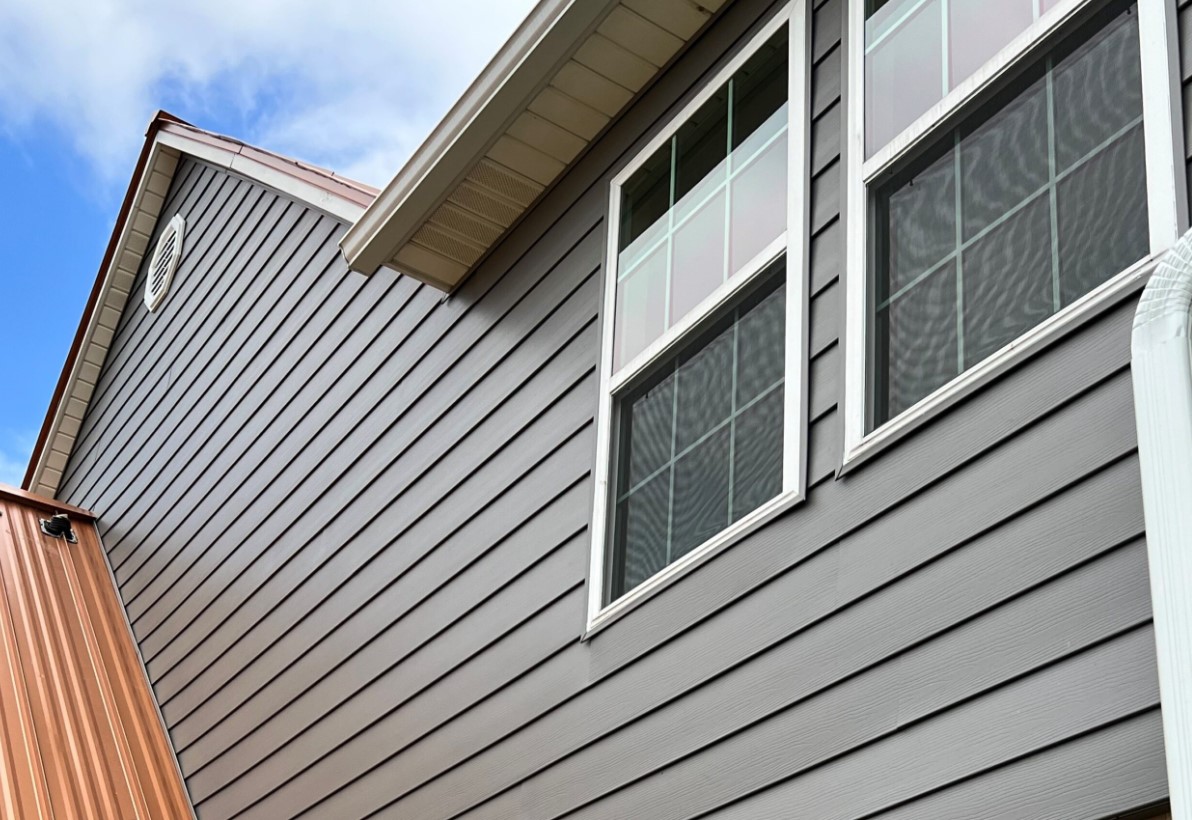
Investing in durable siding for harsh climates offers a range of benefits that can help protect your home and improve its overall value.
- Long-Term Protection: Durable siding materials are designed to withstand extreme weather, providing your home with reliable protection from the elements.
- Enhanced Curb Appeal: High-quality siding can enhance your home’s exterior, boosting its curb appeal and increasing its resale value.
- Energy Efficiency: Insulated siding options help to keep your home comfortable year-round, reducing heating and cooling costs.
- Low Maintenance: Many durable siding materials require little maintenance, saving you time and money on repairs.
Use Cases for Durable Siding
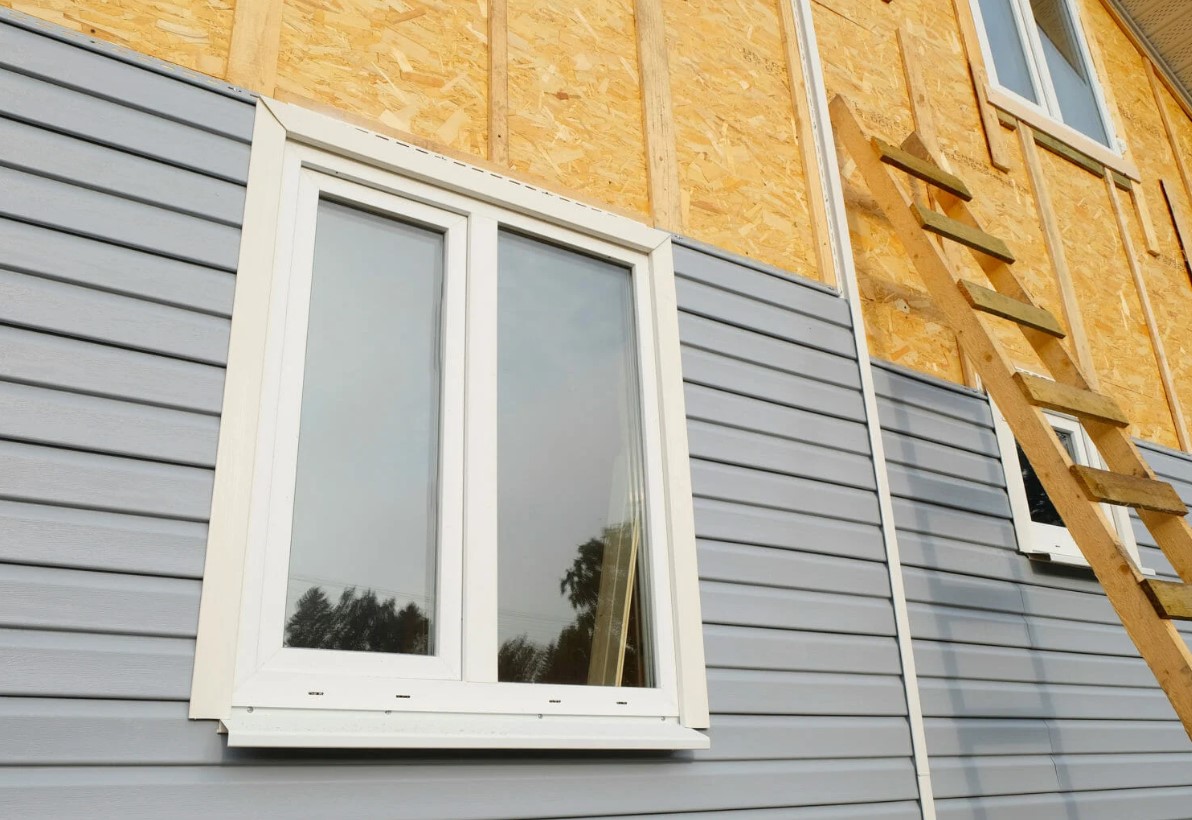
- Cold Weather: In areas where temperatures drop below freezing, durable siding prevents water infiltration, which could cause freezing and cracking. Fiber cement and metal sidings are excellent choices.
- Hot and Dry Climates: For regions that experience intense heat, vinyl or metal siding options can help prevent warping and fading while also reducing the need for frequent painting.
- High Wind Areas: Durable siding materials like fiber cement and seamless metal siding are ideal for locations that frequently experience strong winds, as they provide resistance against wind damage.
FAQs
1. What is the best siding for extreme weather conditions? The best siding for extreme weather depends on your location. For cold climates, fiber cement and insulated vinyl siding are excellent choices, while for hot climates, metal or vinyl siding may be better suited due to their resistance to fading and warping.
2. How much does durable siding for harsh climates cost? The cost of durable siding varies depending on the material. Fiber cement siding typically costs between $5 and $12 per square foot, while vinyl siding can range from $2 to $7 per square foot. Metal siding can cost anywhere from $6 to $12 per square foot.
3. Can I install durable siding myself? While some types of siding, such as vinyl, can be installed by DIYers with the right tools and knowledge, it is often recommended to hire a professional for materials like fiber cement or metal siding due to the complexity of installation.
